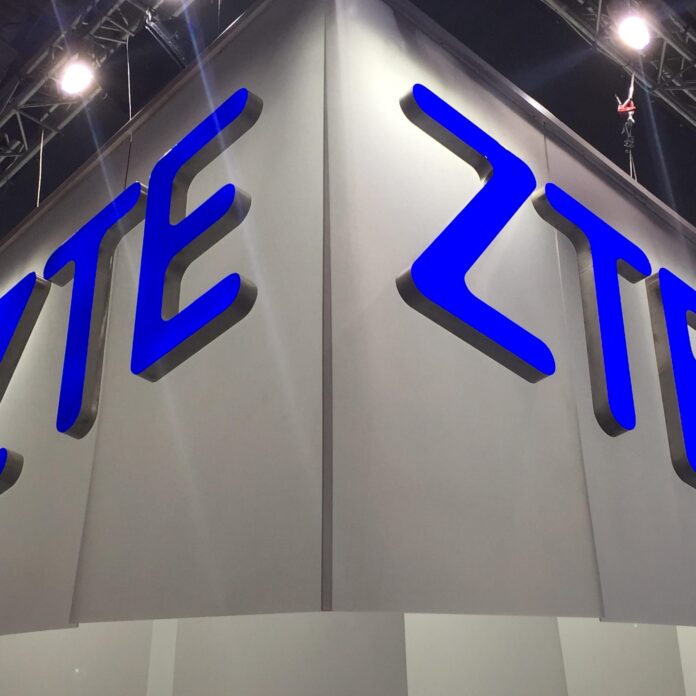ZTE said the trial took place at the AZ center in Bangkok
Chinese vendor ZTE partnered with Advanced Info Service (AIS), Thailand’s largest mobile operator, to accomplish what the partners claim to be the world’s first dynamic reconfigurable intelligent surface (RIS) trial in a mmWave network at the AZ center in Bangkok.
The Chinese vendor said this new collaboration explores “new possibilities in the field of millimeter-wave communication”, offering a low-cost solution for deploying millimeter-wave networks at scale.
ZTE explained that RIS is a multi-antenna technology that utilizes electromagnetic meta-materials, enabling the extension of base station coverage by intelligently reflecting or transmitting base station signals, resulting in improved coverage at a low cost and with low carbon emissions.
During the trial, ZTE adopted the dynamic RIS product in the AIS millimeter-wave network with 400 megahertz of bandwidth. Users were able to consistently maintain a peak downlink rate of over 1.6 Gbps and an uplink peak rate of over 260 Mbps while moving within a large office room.
“Our collaboration with ZTE has provided us with the opportunity to explore the application of RIS technology in mmWave communications, leading to groundbreaking achievements. We believe that this technology will accelerate the arrival of the 5G-A era and deliver unprecedented communication experiences to users,” said Wasit Wattanasap, head of nationwide operations and support business unit of AIS.
In June, ZTE had partnered with AIS and Qualcomm Technologies to complete a trial of mmWave 5G Standalone technology at the AZ center in Bangkok.
During the trial, ZTE noted that 5G mmWave SA technology achieved downlink speeds of 7.04 Gbps, uplink speeds of 2.12 Gbps under and end-to-end latency of less than 4 milliseconds. The company added that these results were achieved using a single CPE prototype powered by Snapdragon X65 5G Modem-RF System from Qualcomm Technologies, along with ZTE’s latest mmWave AAU network infrastructure equipment.
The vendor noted that the high throughput and minimal data transmission delay offered by this technology enable users to experience immediate responses during critical applications such as online gaming, virtual reality and autonomous vehicles.
In October 2022, AIS’ head of mobile and consumer products, Saran Phaloprakarn, had said that the telco was planning the deployment of millimeter wave spectrum in the country in 2023, once compatible devices were available in the market. AIS’s 5G network already covered all 77 provinces of Thailand as of the end of last year. AIS launched 5G Non-Standalone (NSA) service in February 2020 using the 700 MHz, 2.6 GHz and 26 GHz bandwidth that it won in the spectrum auction, followed by 5G SA in July 2020 in cooperation with Huawei.
AIS’ customer base reaches nearly 46.1 million subscribers, including 6.8 million 5G subscribers as of the end of the fourth quarter of 2022. AIS had deployed around 26,000 5G base stations nationwide as of December 2022.

